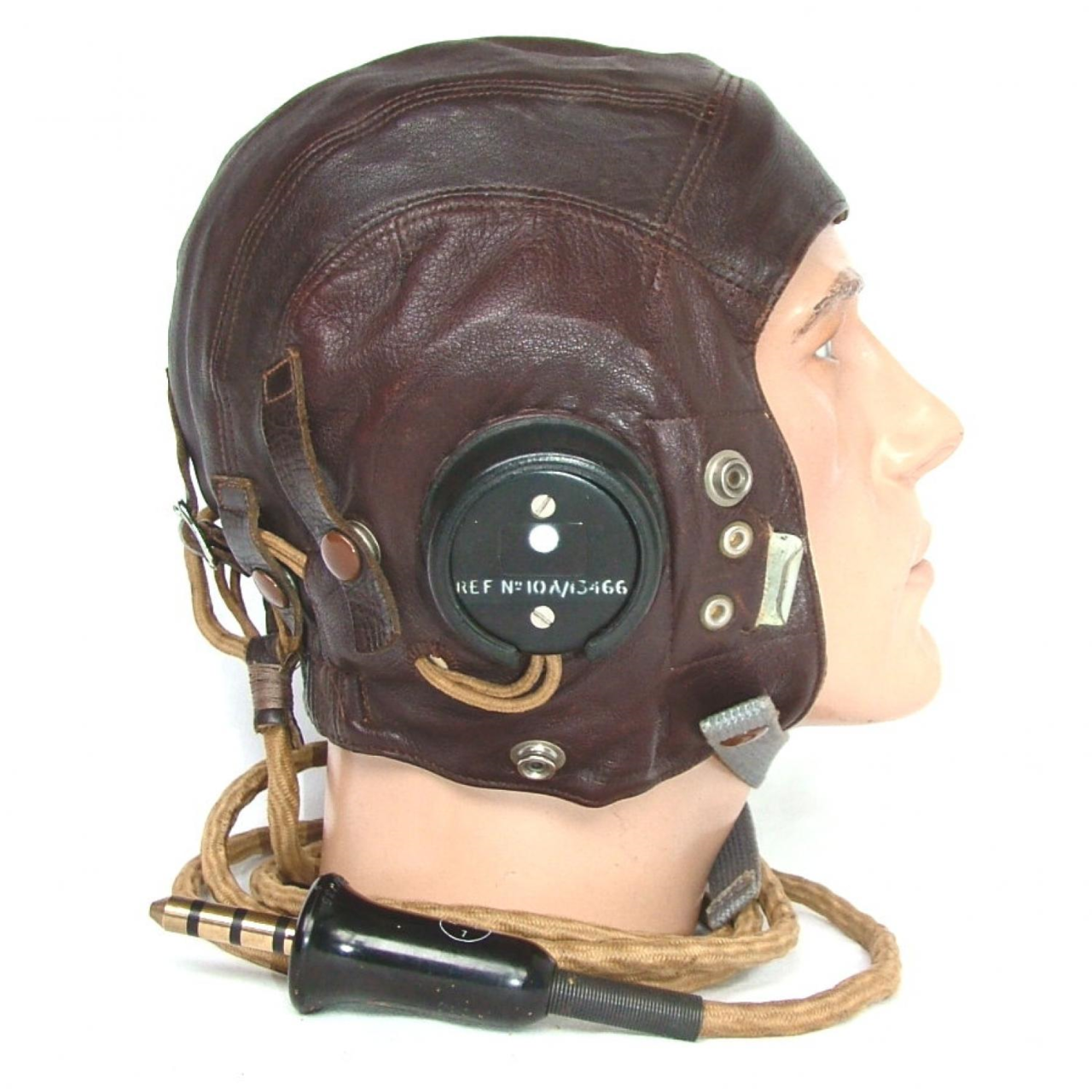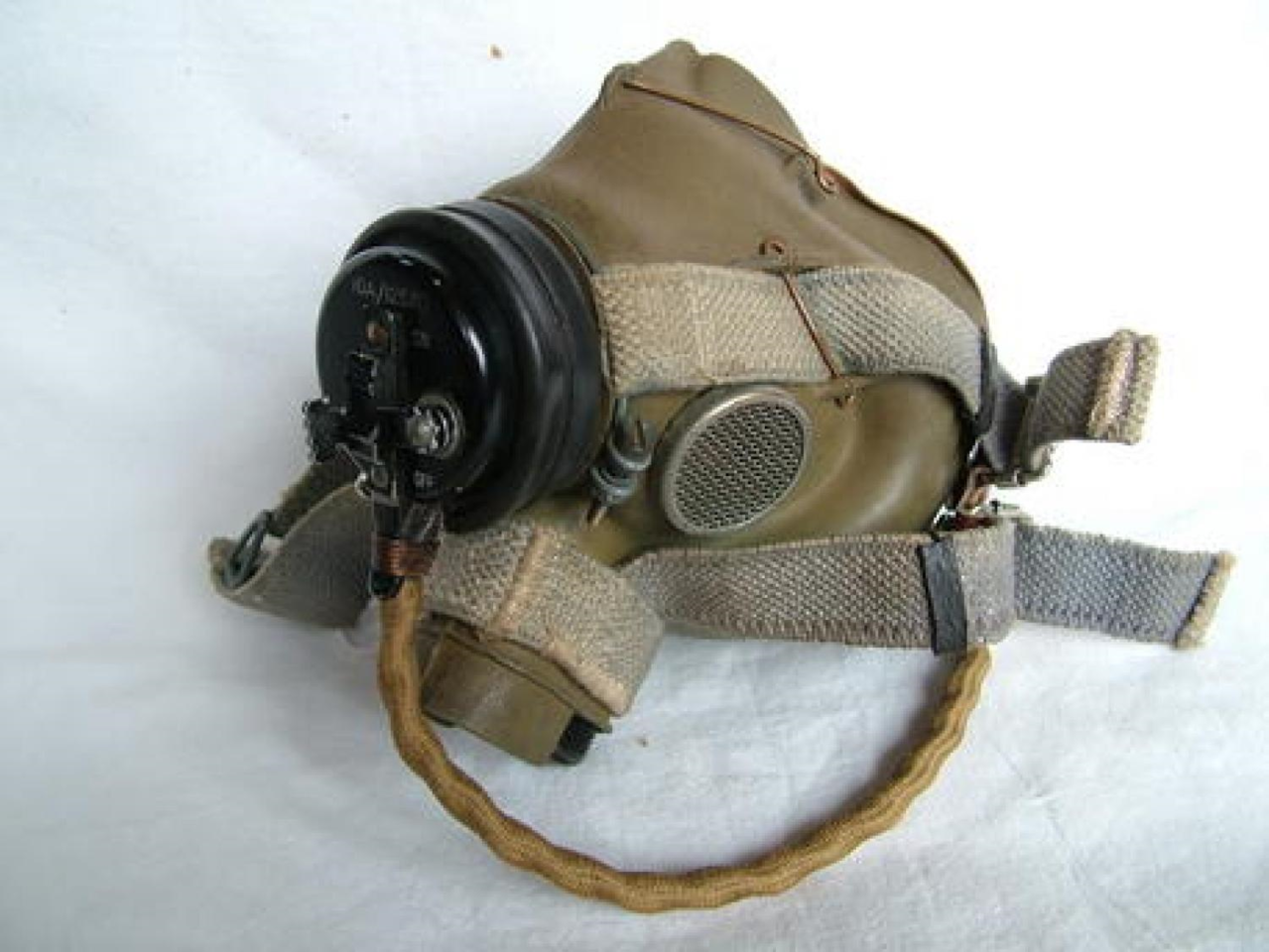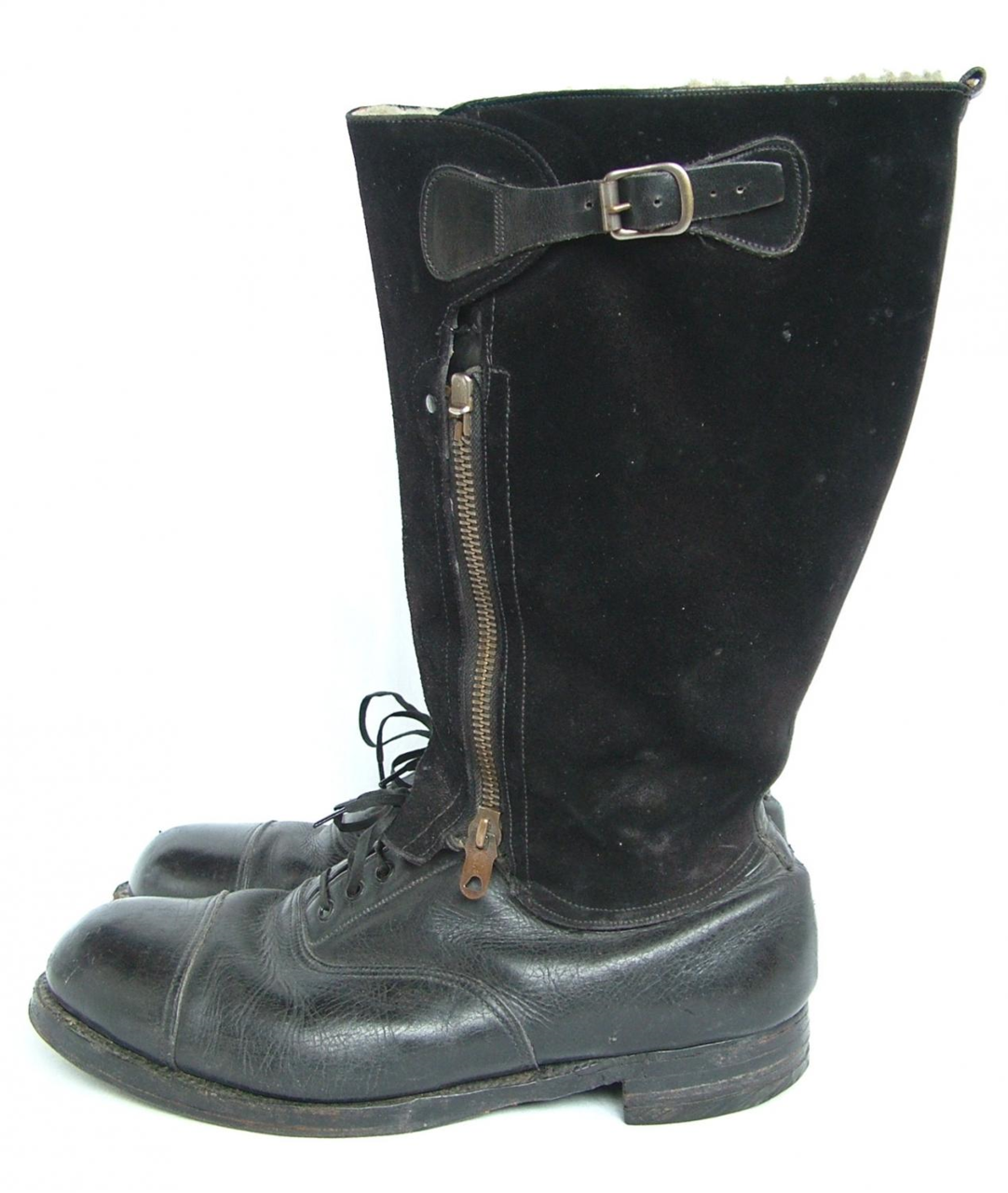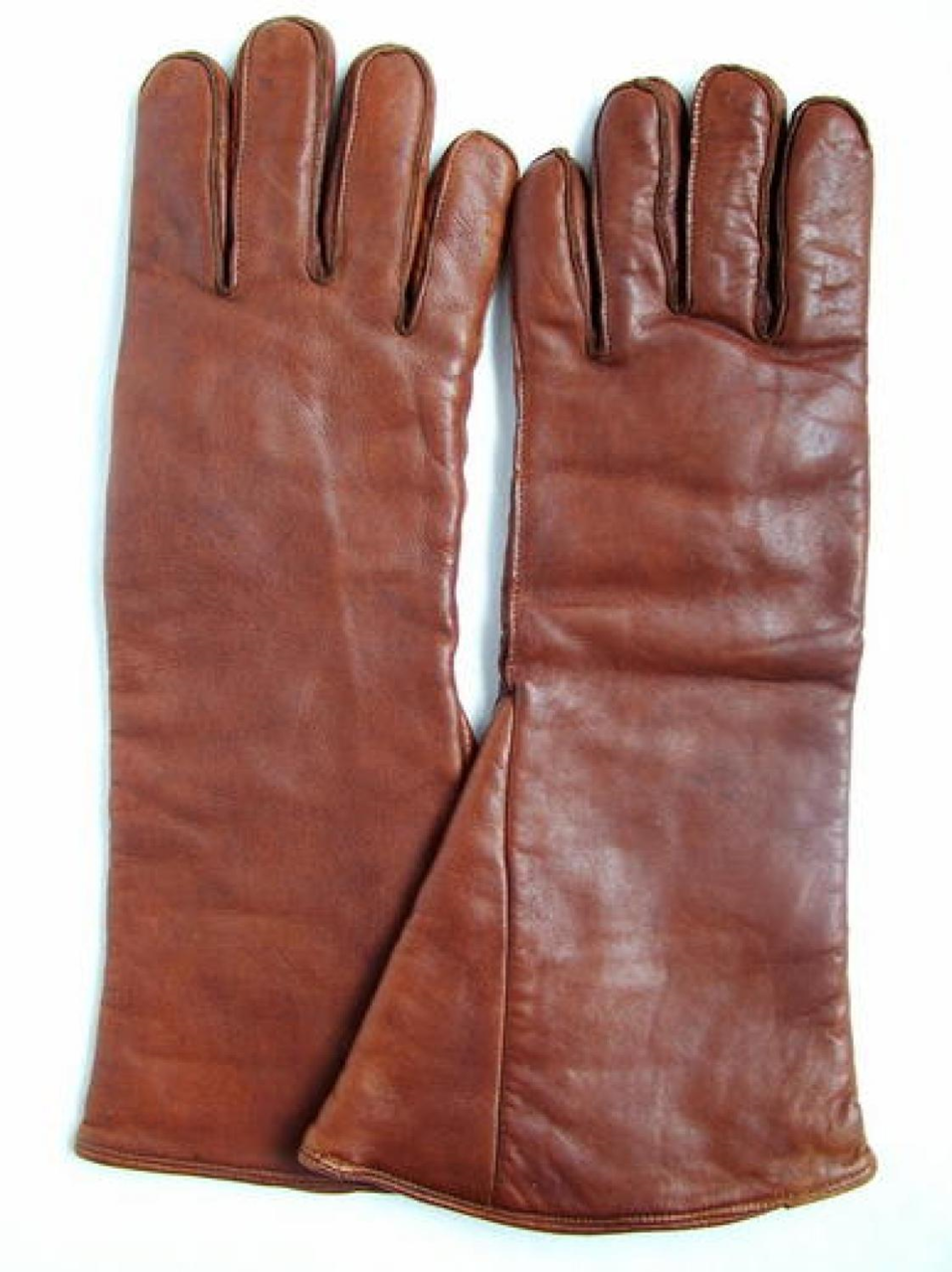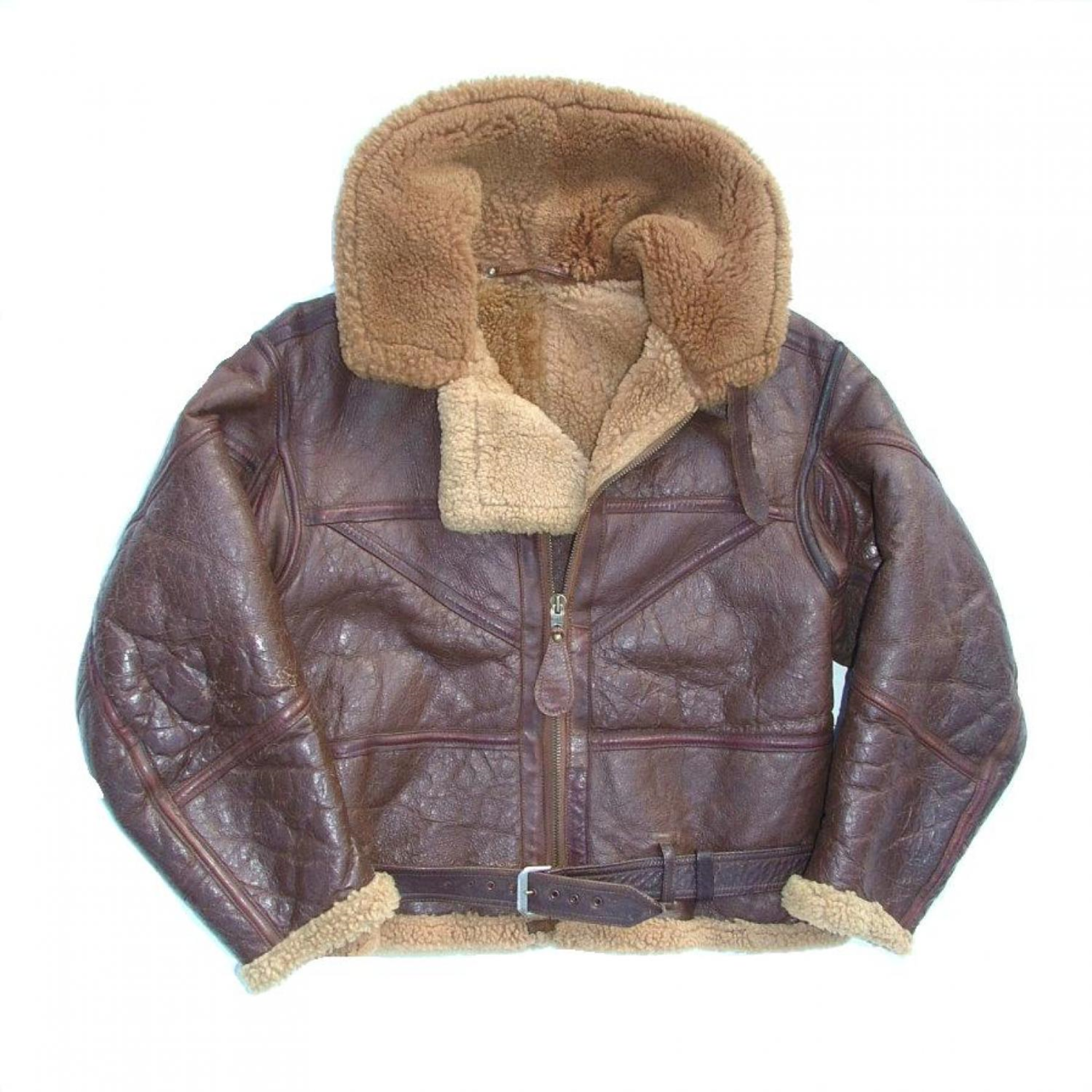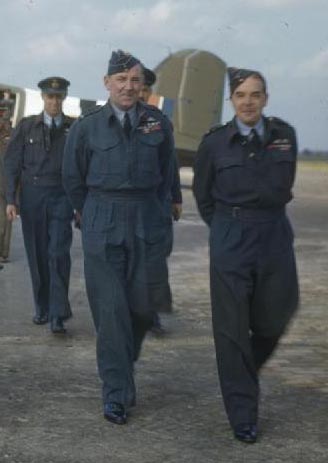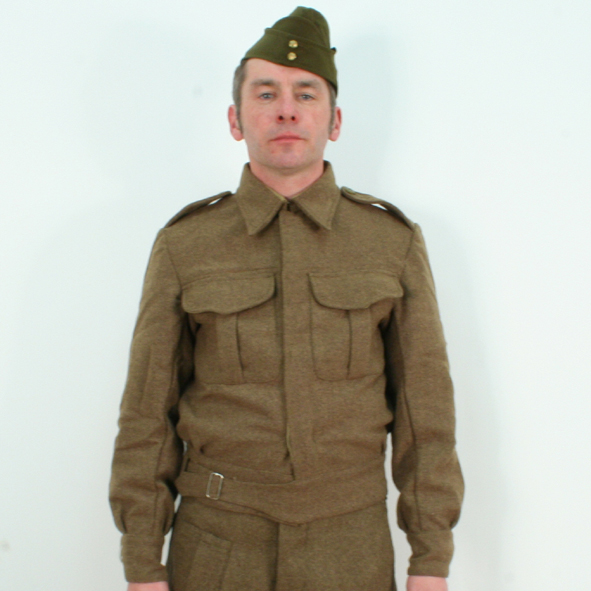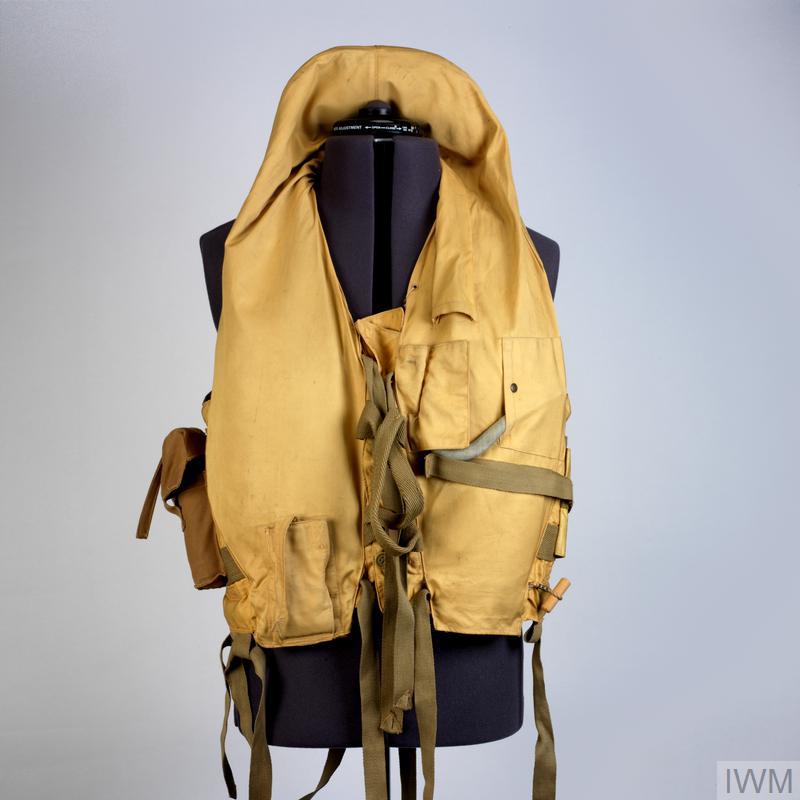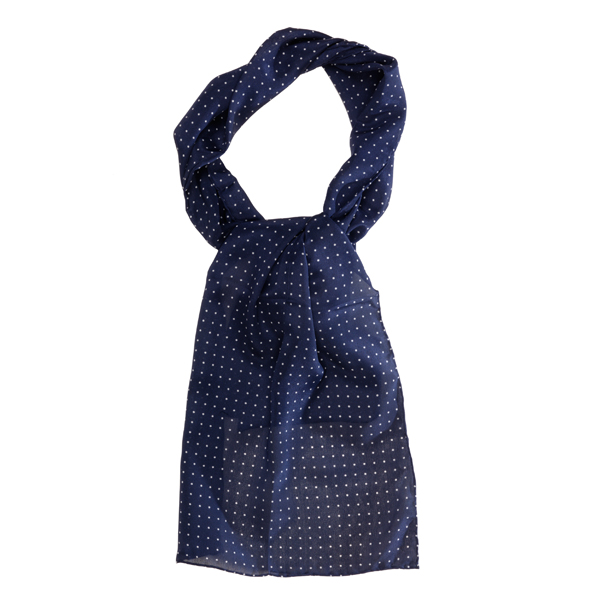The RAF was issued a battledress uniform but in RAF Blue instead of Army Khaki beginning in 1941. Just after the invasion pilot's were issued Army Khaki battledress. This was issued because it was better camouflage if shot down and RAF blue, with a little wear and tear, was easily mistaken for German feldgrau when downed aircrew were trying to get back across Allied lines. Ground crew out searching for souvenirs also found this out when they encountered Allied ground units and also began wearing Army battledress. There were two shades of Khaki battledress, British made uniforms were a tan shade and Canadian made uniforms an olive shade.
Typical flying gear late in the war would have included Type C Helmet, Type G Mask, Escape Boots, Type D Gauntlets, Mae West and scarf. In colder weather they would wear the Irvin sheepskin jacket and/or a turtle neck sweater.
Type C Helmet
Type G Mask
1943 Pattern Escape Boot
Type D Gauntlet. Left and right gloves could be slightly different colours as they weren't paired until being issued as they were attractive items and more likely to disappear if shipped thru the supply chain as a pair.
Irvin Flying Jacket. The heavy jacket made a cramped fighter cockpit feel even smaller. Some pilots cut the collars off so they could still turn their heads to "check six".
RAF Battledress in differing shades of blue
Army battledress. RAF standard rank badges and insignia were worn. The blue peak cap and side cap was also worn.
Mae West, they were made in a toned down yellow beginning in 1941.
Scarf, some pilots had a "signature" colour, but many are seen wearing what is known as RAF pattern dark blue with small white polka dots. They weren't all silk, some were made from rayon.
Cheers,
Rich

